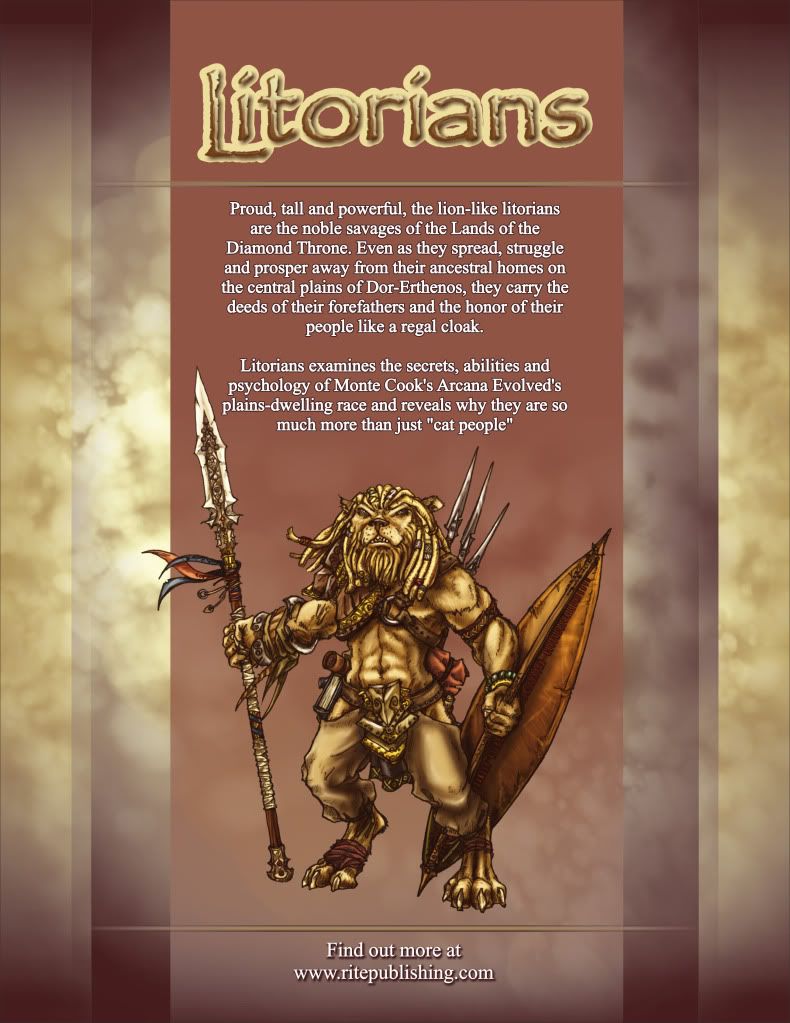
Illustration by Hugo Solis

Robert N. Emerson
1. Tell us a little bit about yourself and the designers who worked for you?
There’s really not much to say, I’m a lucky sod from the Pacific Northwest who, from time to time, gets to do freelance design and development for various talented companies and with folk who are often way more talented than I am. To say that I’m a life-long gamer is an understatement, as I’ve been throwing dice and making believe for over 30 years now and I doubt I’ll ever say, personally or professionally. So long as I’m able, I’ll game. So long as it’s publishable, I’ll write. The former is up to me, while the latter is up to others.
It’s pretty cool, for my first time as a developer, as I was able to work with some right talented folk whose own creativity I’ve enjoyed over the years. Also, thanks to the “Okay, it’s your turn” forums, I’ve spoken to them, off and on, over the years, which made it a bit easier transitioning from blathering idiot into developer.
Bill Collins, Hans Cummings, Clay Fleischer, Steve Russell, and Soren Thustrup are all pretty talented and fairly personable folk to work with, more so on your first big project. We’re talking about some talented folk, award nominees and winners, whose products I’ve enjoyed over the years, yet they’ve allowed me to edit and develop their own work for this project.
Humbling and awesome, rolled up together in one thing. It was quite cool, actually.
2. What attracted you to this project?
I love patronage projects, for one. I really enjoy the model and what it’s bringing to game development and design.
Also, it was an opportunity to be a developer and I couldn’t pass it up. While I’ve dabbled in freelance design over the past few years, I’ve recently enjoyed myself more as an editor and developer. There’s something about assisting someone with finding the best possible aspect of their concept and honing it for public consumption.
Lastly, though, is the fact that I really enjoy Litorians, as they’re one of my favorite races from Arcana Evolved. Noble, prideful, barely restrained ferocity, and a deep connection with the land. Who wouldn’t want to work on a project with them in it?
3. Litorians was developed as a patronage project, how does this make the final product different than if it had been developed as a retail product?
I’d say that the big difference between a patronage product and a retail one is that you already know that you’ve a paying audience, that the product is being bought, and you’re just making sure that they are gonna like what you’re given them. With a retail product there is a hope that they’re going to like it, but with a patronage product you know, to some degree, that they are gonna like it, it’s just a matter of how much.
Plus, there is the perk of speedy feedback and critique, good and bad. As you’re working through a product, the patrons get to tell us what they do and don’t like, with potential for adjustment, tweaking things, built right into the system.
I adore the patronage model, as it’s a more intimate customer experience, with respect to most anything, but especially to game design and development.
4. Could you please sum up "Litorians" in a sentence or three?
Litorians are a deep, noble people with an intrinsic connection to the Land that they are part of that it is often misunderstood as being primitive. Their society is complex, yet basic. All in all, they’re an indomitable people, flavored with stoic humility.
5. What are some of the strengths and weaknesses with “Requires the use of Monte Cook’s Arcana Evolved”?
First off, It’s Monte Cook’s Arcana Evolved. It’s that book, as well as its direct predecessor, that stopped me from playing those from which it was spun away from. Nothing against them, mind you, as I was a playtester for 3e, but AE was exactly what I wanted from 3e and more. That and I’ve been a mark for Monte Cook for awhile, especially after his and Wolfgang Baur’s work on DarkMatter for the Alternity System.
The only weakness, I think, is that Arcana Evolved, in print at least, is no longer an active line. I wish it was, especially as I’ve only two of the mainbooks and I wish I had more. But, who knows what the future holds.
6. How did you feel, when you were offered the option of being the developer for this Patronage Project?
It was an interesting moment, that’s for sure. Not only was it unexpected, it was humbling, as well. It was a modest change from simply editing, but it was a direction that I wanted to do in, too.
All in all, I was happy, yet fearful, and full of humility, all at the same time.
7. Could you list some of the major influences on the Litorians?
While there are a lot of literary influences for Litorians, obviously Arcana Evolved its self, I’d say that one of the major influences for the project was the various cultures of our own reality. In many ways fantasy races offer us an ability to take a magnifying class to any one of a hundred of our own cultures and bring a facet of them to a razor-fine focus.
With Litorians, there are so many cultures that have identifiers in common with these noble plains folk, some overt and some covert, and it makes for an interesting piece, I think.
8. Other than your own what is the most interesting piece you found within Litorians?
Now that’s a hard one, as I honestly see Litorians as the sum of its whole, not its pieces.
I know, it sounds of a copout, but it’s the truth.
Everything about the book is interesting and enjoyable and the artwork that it inspired was quite cool, as well.
9. Can you tell me about your experience so far of working with Rite Publishing Vs. say another publisher you have worked with?
My experience with Rite Publishing is a lot more intimate than any relationship that I’ve had with any publisher before.
While I’ve worked with several other companies before, either on a profit basis or a voluntary one, my work with Rite Publishing as been a lot more in-depth and communicative, often talking several times a day.
Heck, I’m fairly certain that I even heard from Steve, once or twice, while he was off on his honeymoon, drinking on a beach somewhere. Oddly enough, it sometimes feels quite fraternal, when I think about it.
10. Can you tell me about the work Hugo “Butterfrog” Solis has done as both the Cover Artist and the interior artist?
Simply put?
It’s quite awesome.
I’ve enjoyed Butterfrog’s work for awhile, which was made more the interesting by meeting him at PaizoCon 2009, and watching his work on Litorians evolve from concepts to product has been a privilege. I’ve not seen one piece that I wasn’t impressed by or thrilled at it being in the product.
It’s really a good feeling, for me, as a first time developer to have that feeling about the art.




No comments:
Post a Comment